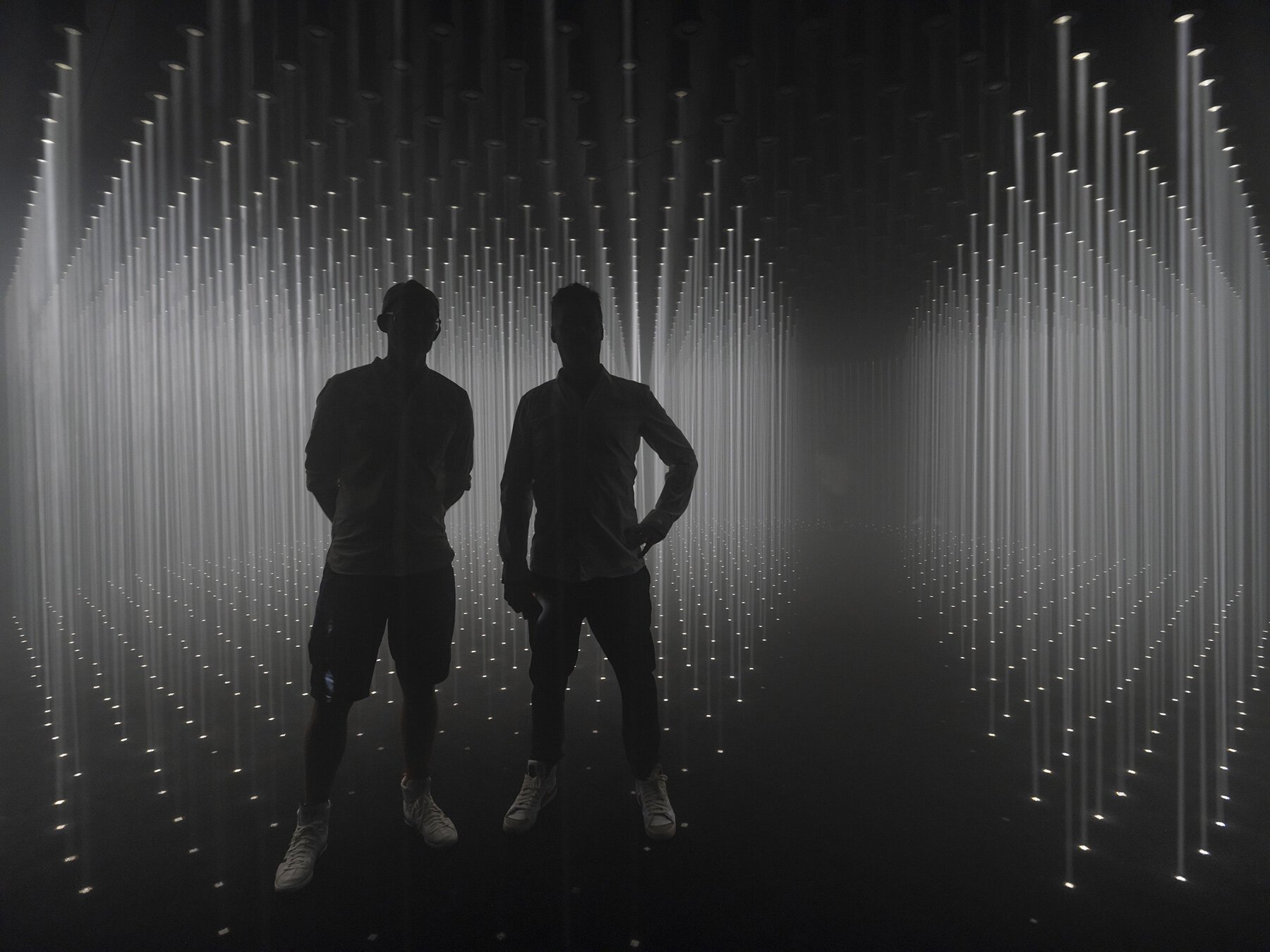At The WXO, we want to connect the dots across the Experience Economy and across the globe – so each week, we’ll be bringing you our round-up of the experiential stories that we think reveal something interesting, relevant or transferrable about the Experience Economy.
Welcome to Experience Radar 57, where we’re sipping on Little Women-inspired wines in Holland Park, trying out Sony’s new motion trackers for size, and helping to co-create immersive artworks in Miami.
1. Making The Interval A Memorable Experience
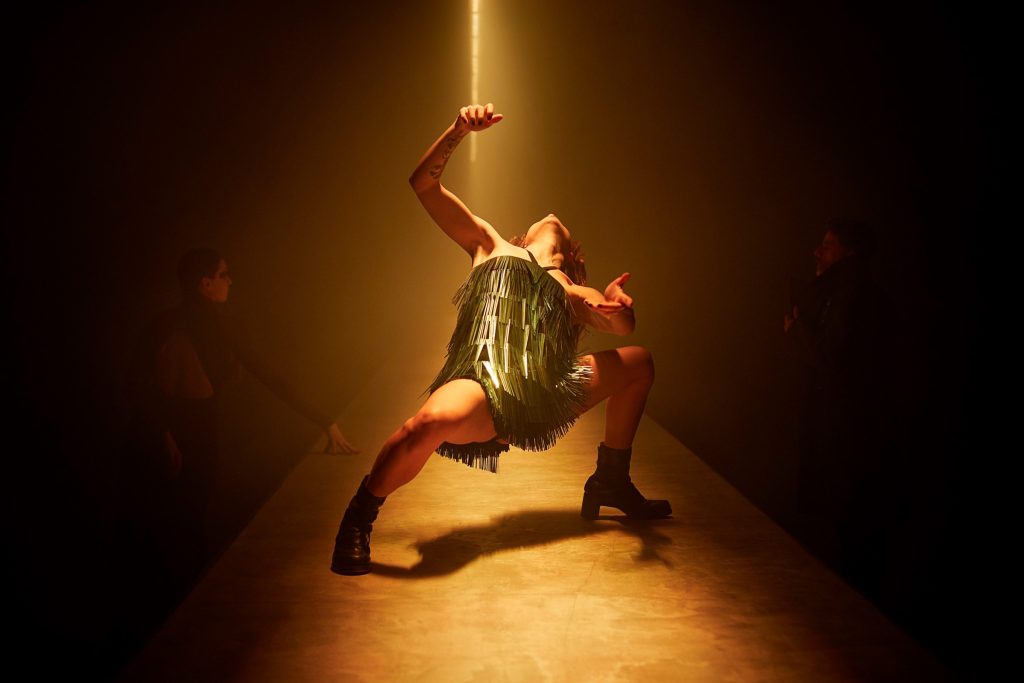
The days of being forced to clutch small glasses of warm wine while reaching for the Twiglets at half-time are (mercifully) behind us. With competition for the entertainment pound becoming increasingly tight during the cost of living crisis, theatres are coming up with savvy ways to make the interval a memorable experience. As reported by the Financial Times, immersive theatre companies like Punchdrunk have made a point of weaving the bar into their narratives, spotting the creative and commercial opportunity in doing so. At Punchdrunk’s latest show, The Burnt City, which recounts the fall of Troy, visitors can sip on ‘Kykeon’ cocktails inspired by a Greek drink mentioned in Homeric texts.
At Cabaret’s 1930s-inspired bars in the West End, theatregoers can enjoy Jazz Age libations, from Champagne in coupes to gin sours prettified with flowers, while at Underland, a subterranean bar at immersive theatre venue Labyrinth in Waterloo, you’re taken down the rabbit hole with whimsical cocktails from the Mad Hatter’s playbook, including a Negroni poured from a tea pot. According to the FT, Opera Holland Park goes a step further, tailoring its drinks list to each production – for the premiere of Little Women it served a quartet of American wines inspired by the four March sisters. A well thought-out drinks offering can help further immerse people in the imaginary worlds of the shows they’re watching, increasing venue dwell time and adding emotional impact.
2. Exploring Different Forms Of Vision
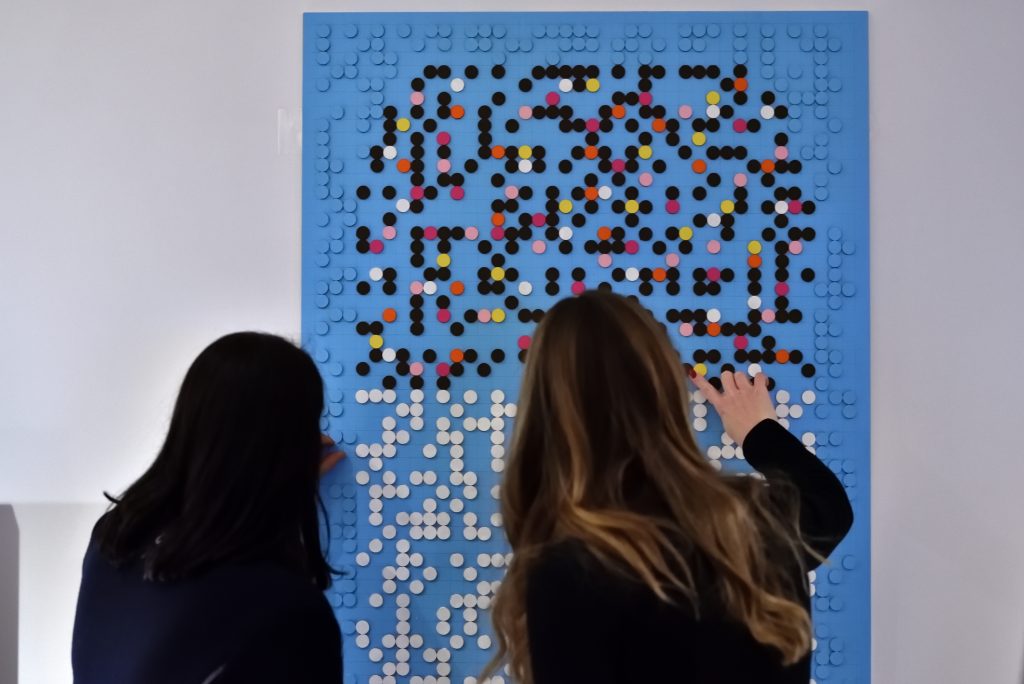
A new exhibition at King’s College London has set out to explore the experiences and perspectives of blind and partially sighted (BPS) artists living in a world designed for sighted people. Called Layers of Vision, the show features ten artworks that celebrate and creatively explore accessibility, with each appreciating different forms of vision. Including multisensory elements, the exhibition questions common views and practices around access and disability inclusion in the arts and is inspired and informed by ongoing research into understanding how museums in the UK make their art collections accessible to BPS visitors.
The show has been developed on the principle of co-creation, with members of the BPS community guiding the direction. The exhibiting artists, including Bianca Raffaella, Clarke Reynolds and Fae Kilburn, have presented work that explores their lived experience of visual impairment. “The result is an exhibition that tells very personal stories, offers rich multisensory experiences, and is fun to engage with. The exhibition demonstrates what is possible for organisations that creatively put access and co-production at the core of what they do,” said Katharina C. Husemann, senior lecturer in marketing at King’s Business School.
3. Creating Social Change Through Games

While video games have never shied away from violence and destruction, a new trend is on the rise within the gaming world that promises to be a force for good. As reported by Wired, Games for Change is working to support and promote video games that encourage players to be more thoughtful. One such game is Kind Kingdom, created by Google division Interland, in which bullies are put behind bars and players can cheer up their friends by handing them a heart. “Games are where kids are, and how humans connect. We know that this is a natural state for youth, so we lean into it and use that medium to promote good,” Arana Shapiro, managing director at Games for Change, told Wired.
The Games for Change site serves as a portal for others to find games that can teach, encourage, and inspire. The site is searchable and has age ratings and tags for content, like grief or mental health. Another game on the platform, Before I Forget, teaches players about the emotional struggle of living with dementia and was nominated for a BAFTA. Attentat 1942, meanwhile, teaches players about World War II through the eyes of Holocaust survivors, while 1000 Cut Journey shifts the player’s perspective to better understand racism. Games for Change holds an annual festival of talks and workshops for educators and creators that want to make a positive impact on the world through gaming.
4. Cartier Launches Immersive Perfume Pop-Up
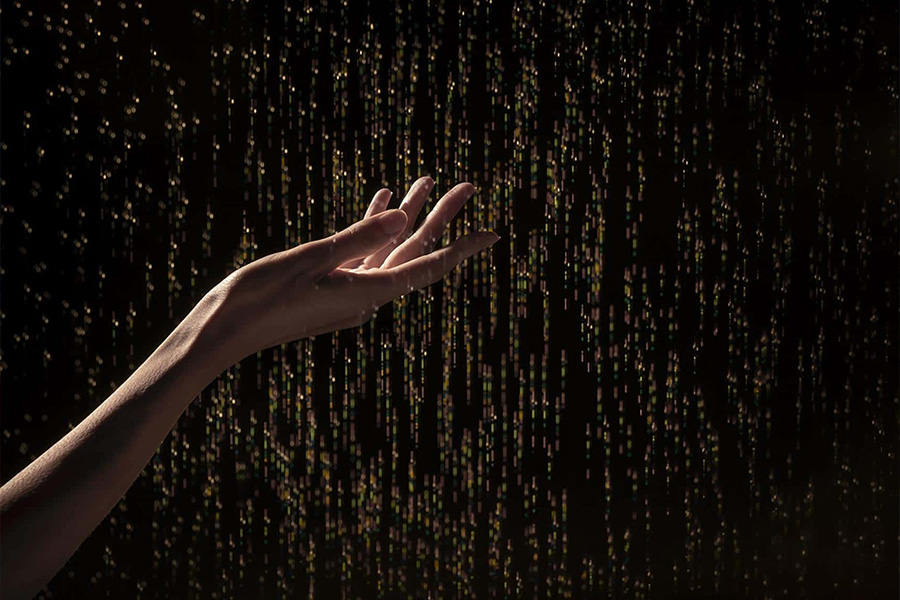
We recently reported on the growing trend for scent marketing as a way for brands to create positive and impactful associations with their customers. The latest label in on the act is jewellery giant Cartier, which recently launched an immersive pop-up perfume experience that turns the idea of fragrance on its head. As reported by Elle, the OSNI 2 event aims to transform the way we smell and experience perfume. Taking place in Paris, the free pop-up, called The Scented Myth, is the brainchild of Cartier’s head of scent, Mathilde Laurent.
It seeks to enhance the perfume experience by heightening other senses through the clever use of light, sound and imagery. Centred around the moving image of a panther, according to Laurent, the experience “offers the public the experience of synaesthesia and invites visitors to renew their relationship with perfume through a direct and unique interaction. It’s not light that enhances smell, but sight and smell that enhances each other.” She plans to take the pop-up around the world. Cartier’s first perfume pop-up, OSNI 1 in Tokyo, sought to capture the scent of the sky and invited guests to ascend a spiral staircase, poke their heads through the clouds and take a deep breath.
5. Co-Creation Trends At Miami Art Week
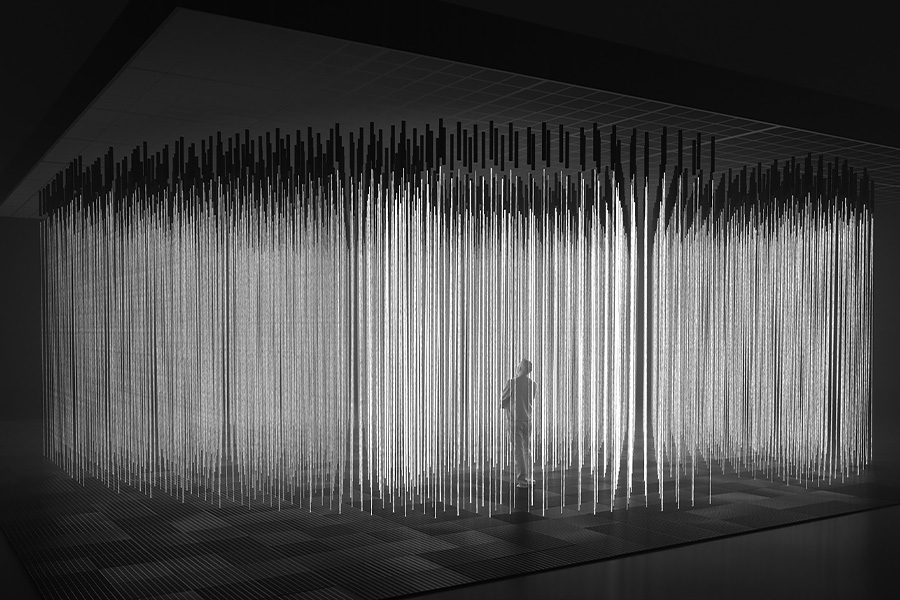
Taking the idea of co-creation in art to the next level, art collective Random International, famous for its Rain Room interactive piece, has unveiled a new work at Miami Art Week called Living Room in a purpose-built pavilion at Faena Beach that bridges the gap between immersive art and the blockchain. As reported by The Art Newspaper, visitors’ movements around the darkened installation are tracked by motion sensors, where shifting lights and sounds respond to your every move. The data collected allows art lovers to create a unique NFT of their experience through the installation.
Commissioned by art and technology platform Aorist, VIP visitors will receive their own NFT as part of their US$200 entry fee. “We became interested in NFTs when we discovered we could mint behaviour. It is making us the interface,” Hannes Koch, co-founder of Random International, told TAN. “This body of work sets a new precedent in how the digital and the physical can come together to redefine how visitors experience and collect art,” Pablo Rodriguez-Fraile, founder of Aorist, added. Mexican-Canadian artist Rafael Lozano-Hemmer, meanwhile, has created a connective installation called Pulse Topology at Superblue Miami formed of 3,000 lightbulbs powered by human heartbeats.
6. Step Inside Bob Marley’s Shoes In LA
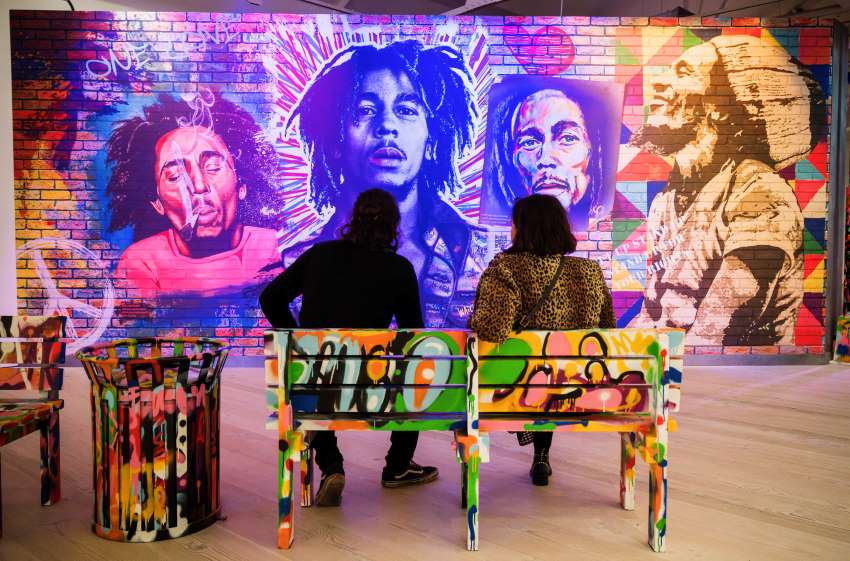
An expansive immersive experience celebrating reggae legend Bob Marley will premiere in LA next year, complete with photographs, oodles of music and a pair of Bob’s shoes. As reported by The Independent, The ‘Bob Marley: One Love Experience’ will open in Los Angeles in January at Ovation Hollywood, following successful runs in London and Toronto. The 15,000-square foot experience includes unseen photographs, concert videos, lyric sheets, and rare memorabilia like guitars, a football jersey, trainers and art that highlight Marley’s influence. There’s even a Marley-branded pinball machine, a jukebox and foosball tables.
Produced by the Marley Family and Terrapin Station Entertainment, the show includes a huge One Love Forest, which promises to take visitors on a trip to Jamaica via a multi-sensory environment featuring a cannabis garden. Fans are greeted with headphones at the Soul Shakedown studio to bliss out to a curated playlist in the silent disco. “After being in London and Toronto, it’s going to be amazing bringing the experience to the US for the first time close to Daddy’s star on the Hollywood Walk of Fame,” said Cedella Marley, CEO of the Bob Marley Group.
7. Sony Debuts Metaverse Motion Trackers
Betting big on the metaverse, Japanese tech giant Sony has unveiled its game-changing wearable motion trackers that will make navigating the virtual world a doddle. As reported by Entrepreneur.com, the set of six brightly coloured Mocopi trackers need to be worn on your wrists, ankles, hips and head to get the full effect. Priced at 49,500 yen (£300) the motion trackers work in tandem with the user’s smartphone. The technology tracks your body movements to create your avatar in real time using metaverse applications like VRChat and Altspace VR.
Each pack of trackers comes with a software development kit that allows users to import their motion data into 3D animation applications. The cutting-edge tech is being aimed at content creators and avid gamers, making the process of motion capture hassle free. Sony is making its metaverse intentions clear, as it seeks to grab a hefty slice of Web3 pie from its greatest competitor, Meta. The tech giant has filed a number of metaverse patents already as it experiments with VR and AR and seeks to protect its IP within the digital realm. “The metaverse is an area of great potential and opportunity for Sony, and we intend to engage in it as a new growth area,” Sony’s CEO, Kenichiro Yoshida, said.

